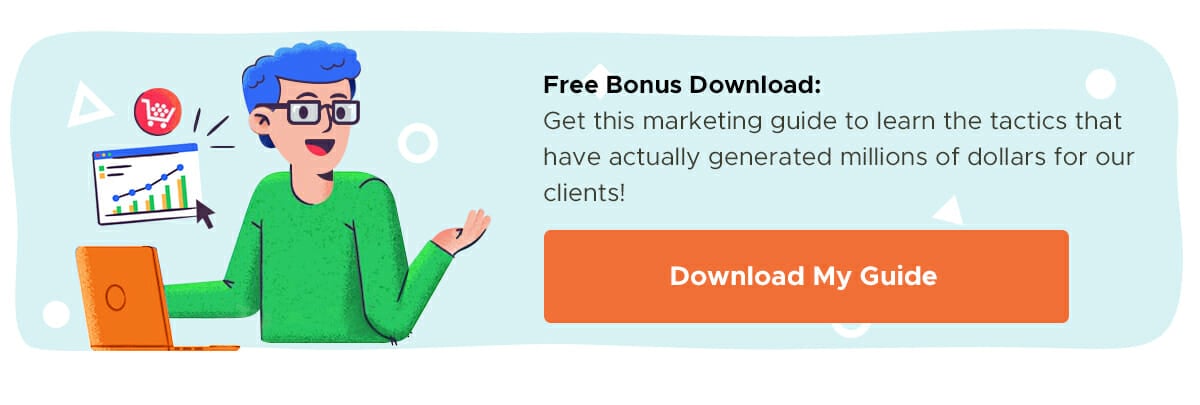NLP, or natural language processing, is an area of computing that aims to help computers make sense of human (or “natural”) language. It’s on the rise, incredibly powerful and is about to have a life-changing impact on marketing.
Even though language is second nature for the vast majority of humans, it’s very difficult for computers to interpret and use correctly. The rigid, rule-bound format of spreadsheets and databases are perfect for software, but the random, context-bound and seemingly rule-less nature of human languages makes AI want to reboot!
NLP might not ring a bell for you right now, but it’s been around for the last 30 years or more – and it still has a long way to go. Experts believe that some of NLP’s next steps will be huge, centering around the move from structured data (databases) to unstructured data (text), as well as an increased ability to “understand” humans as they speak normally.
Why Should Marketers Care About NLP?
As a marketer, you might be thinking, “That’s nice, but what has it got to do with me?” Well, if experts are to be believed, some of the biggest, most revolutionary uses of NLP center in and around its applications on marketing.
Now, bearing in mind that NLP is a scientific discipline (and one that’s not necessarily easy to understand in a single, 2,000-word article), let’s start by running through the main types NLP you may encounter on a regular basis:
- Optical Character Recognition: Converting written or printed text into data a computer can read. Ever tried to edit a non-editable PDF? If you have, you have my sympathy. OCR is the tech that “helped” the process.
- Speech Recognition: Converting spoken words into data a computer can understand. This is the NLP technology you use every time you ask Siri, Cortana, Echo or Google Voice a question.
- Machine Translation: Translating text from one language to another. This is the tech that underlies translation apps like Google Translate.
- Natural Language Generation: Outputting information as a human language. This is the tech you use every time Siri or Cortana answers your question.
- Sentiment Analysis: Extracting data from topics being discussed (often “big text”) and assessing whether that data is negative or positive (or if it can detect something else).
- Semantic Search: Closely linked to speech recognition, as above, this allows you to ask natural questions of an app like Siri, rather than having to formulate your question in a particular, unnatural way.
- Machine Learning: Machine learning is a whole other topic, but essentially, it uses the data that NLP interprets to “teach” itself about future actions.
- Natural Language Programming: These are tools that allow users to make apps and software using natural language commands (instead of programming in the traditional, computer-friendly way).
- Affective Computing: Using NLP and other technologies to understand and replicate human emotions (this is the one that most people are scared of).
These definitions may seem high-level but, in fact, you already use them. You might have even used them today if you’ve consulted:
- A spellcheck app
- Google Translate
- Siri, Cortana, Echo or Google Voice
- A chatbot:

All these apps – and many more – use NLP so that you can interact with them and they can interact with you. Have more ideas for NLP occurred to you? If you’re the creative type, the answer should be “yes!” Let’s walk through some of the uses of NLP in marketing that aren’t just a reality; they’re highly successful as well.
Dive Deeper:
How NLP Is Shaking Up Marketing
The one use of NLP that you may already have heard of is big text sentiment analysis. You’ve heard of big data, right? Well, meet its cousin, big text.
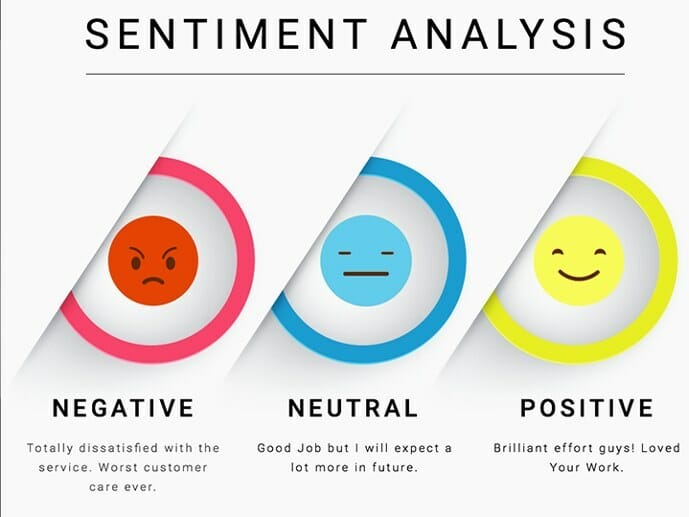
Sentiment analysis is becoming sufficiently advanced these days so as to be able to give us not just an insight into what people are saying about our brand online, but also how they feel about it. As all marketers know, mentions do not equal positive mentions. With NLP, we have the power to prove it.
With NLP employing sentiment analysis, we can mine big text to find those negative mentions and reach out to try and mitigate the consequences. Likewise, sentiment analysis can help brands find instances of people with a clear intention to purchase so that you can make the moves necessary to ensure that your brand appears before their eyes.
If you’re in e-commerce, you’ll enjoy this one: Other aspects of NLP can be used to sift through product descriptions and automatically amend the HTML to include attributes that may not have been added when the product was originally uploaded. Not only does this cut down on grunt work for you, it adds context and detail to the listing, meaning that Google is even better informed when it comes to ranking your beautifully descriptive products in search.
Our final example is the use of NLP to improve the performance of chatbots. Not only can NLP help improve their usability – and their customer experience as a result – but it can also be combined with marketing psychology and targeting to actually increase conversions and sales.
As an example, last year retailer Asos reported a 300% increase in orders by using their new “fashion bot” Enki. The company used to have a chatbot (the boring-sounding “gift assistant”) and, by all accounts, it was pretty underwhelming. Using the new, all-improved Facebook Messenger chatbot, they saw a 250% return on spend while reaching 3.5x more people. Impressive, right?

Cosmetics giant Sephora has also jumped on the chatbot wagon, with not one, but three automatic assistants:
- Sephora Reservation Assistant (Facebook)
- Sephora Virtual Assist (Facebook)
- Sephora’s Kik bot
The Facebook booking bot has an 11% better conversion rate compared to any other method of booking a makeover.
Dive Deeper:
The Future of NLP in Marketing
One thing that might hamper your understanding of NLP and its possibilities for the future of marketing is that even though it’s not hard to understand how it works (it helps computers understand human speech and text), it can be hard to imagine the full breadth of the applications it might be used for.
One of the major challenges – and advantages – of NLP-powered systems is that they can process a HUGE amount of data. What’s more, much of this will be unstructured data that we’ve never been able to process on a large scale before. The result, from our point of view, is that we now have unimaginable amounts of data from which we can draw conclusions and influence strategy.
The problem lies in the fact that we must be able to actually draw these conclusions. In other words, we have to be able to use the data in a meaningful way. If we don’t, it’s effectively the same as not having any data at all. That’s why the first requirement and challenge of using NLP is the need to have systems in place that can take advantage of the data, in addition to systems that pass that data onto even more systems that can actually take action with it.
Many of the world’s newest NLP-enabled apps are just that: tools that take actionable data and use it to achieve a goal. The degree to which companies manage to do this is the key challenge influencing how NLP will affect the world of marketing in 2020 and beyond.
Here are some of the biggest challenges with NLP.
Challenge #1: Presenting Raw Data Attractively
Much of the use of NLP in marketing centers around social media – using the technology to sift through the millions of casual mentions of a given topic and pull out both the most important ones and the overall “feeling” about the topic. Sometimes these apps focus on a certain social media platform like Twitter, while others are built into social media management apps, like Hootsuite:
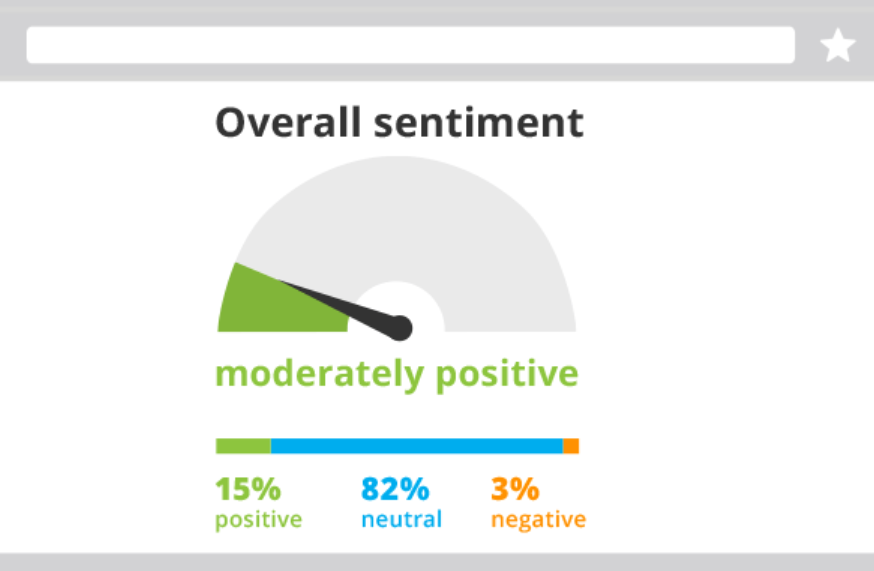
Either way, the challenge here is to analyze the growing amount of big text. And grow it will – big data market revenues are projected to increase from $42B in 2018 to $103B in 2027 (and big text is part of big data). As the data increases, tools will need to hustle even harder to make sure such vast knowledge can actually be understood and used by humans.
Dive Deeper:
Challenge #2: Presenting Raw Data in a Way that Saves Humans Time
Likewise, this avalanche of data will be much more usable if apps find a way of “triaging” the information it provides, making it not only easier to understand, but also making inroads into how much of it is left to humans to deal with after automated processes have started the job.
Apps like MonkeyLearn, for example, analyze customer support tickets and then automatically tag and categorize tickets based on – you guessed it – sentiment analysis. Once employees interact with the data, it’s incorporated into their normal workflow, reducing the amount of effort required to get it support ready.
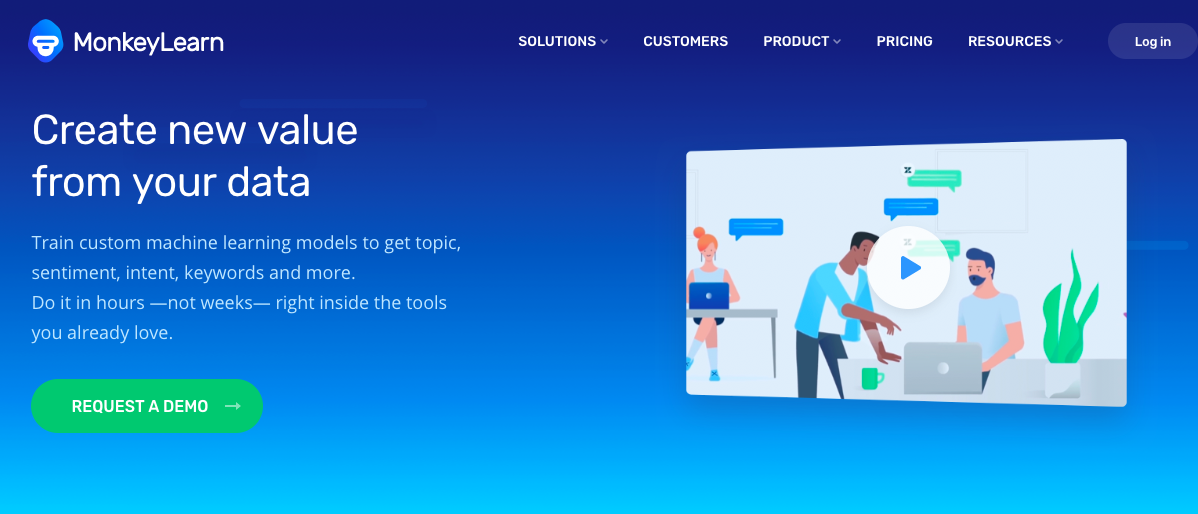
Challenge #3: Presenting Raw Data in a Format that Can Be Used in Real Time
The idea of having to let a computer “do its work” while you wait is an old-fashioned one. We live in a society that expects things now. Even so, getting that NLP-enhanced info to you on the fly is in the early days, and it’s definitely still got some distance to go.
We’ve already seen a great real-time use of NLP for the writer as they’re writing: the ability to examine content as it’s being written and to communicate suggestions for improvement as learned through machine learning and big text. This helps writers make decisions that will take an article from average to highly optimized, helping them spot missed opportunities.
It’s a fascinating topic, and we’re already seeing progress in this area. One app that attempts to perform this task is MarketMuse:
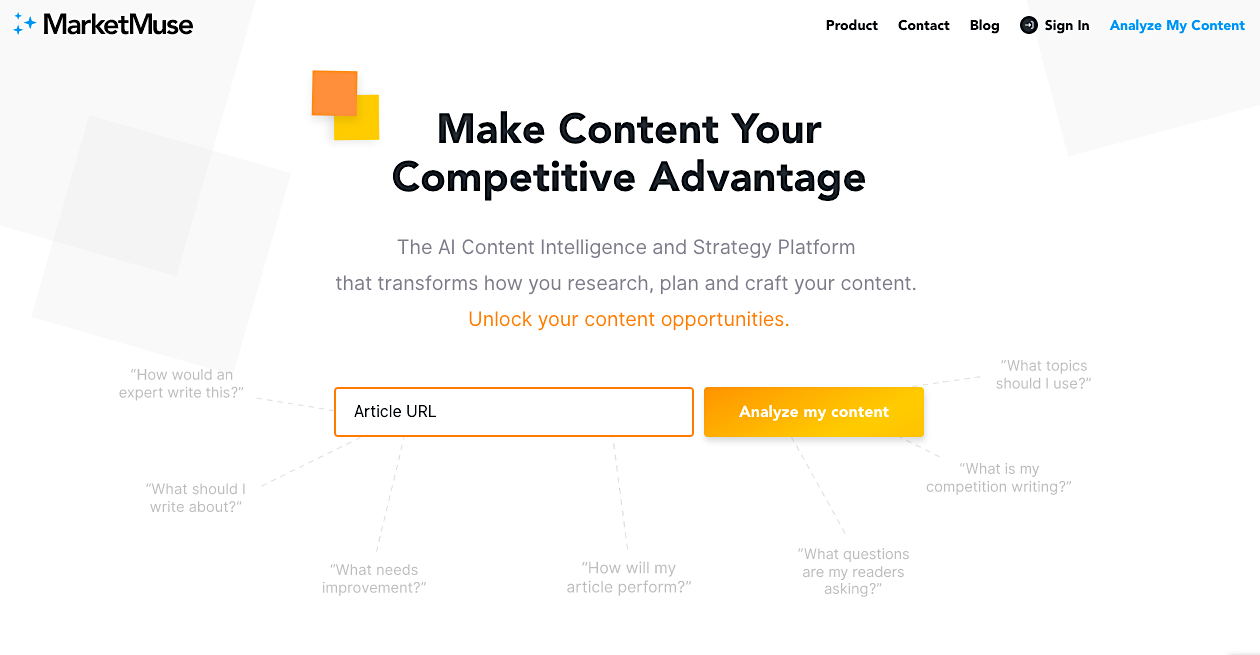
In exchange for an email address, they’ll take a peek at a piece of your content and suggest how it might be improved. That’s the power of NLP.
Challenge #4: Making It Easier to Interact with Tools that Use NLP
Although marketing and customer experience aren’t the same, they are related, and we’ve seen already how improving automated bot experiences can offer major marketing benefits in terms of conversions and sales.
Chatbots, knowledge bases, and customer support resources can all be optimized by helping people access the information they need more quickly (data mining), allowing them a more natural state of interaction with the tools that can help them (natural language processing), and by streamlining the human-led section of the customer support process (by automatically categorizing, tagging or triaging inquiries).
Stress-free technology interactions are a key to happy customers, and, as we all know, happy customers make the whole company smile.
Dive Deeper:
The Future of NLP in Marketing
If you’re in marketing, you should be very excited about the possibilities of NLP. If the sheer opportunities it presents aren’t enough, then at the very least, the journey that it’s already made and its possibilities for the future – many of which haven’t yet been discovered – should get you excited. If you ever tried using Google Translate back in 2006 when it was first launched, I’m sure you’d more than agree!
As we move towards the future of NLP in marketing, keep an eye on the evolution of the NLP-powered tools that will be made available. No matter what you’re marketing and no matter if you’re a big business or a small player, you’ll be able to make use of some of the most exciting and practical uses of big data we’ve ever seen.
Since one of the keys to modern marketing seems to be the analysis and application of big data insights, anything that helps us better manage this big data should be welcomed. NLP may be one of the best tools we have to do this in a sustainable, scalable and real-time way, making it one tech buzzword you can’t afford to ignore.
